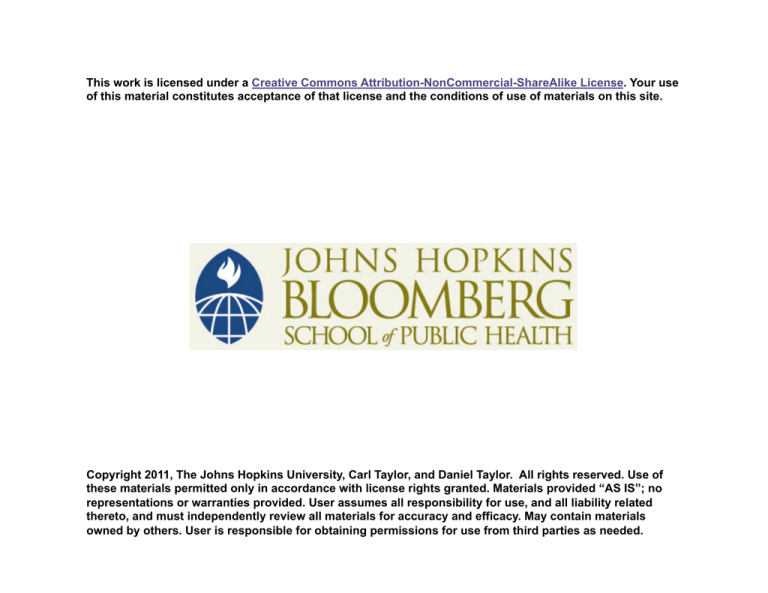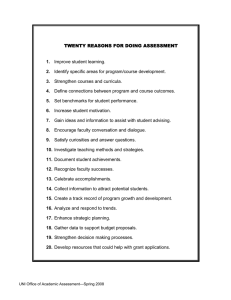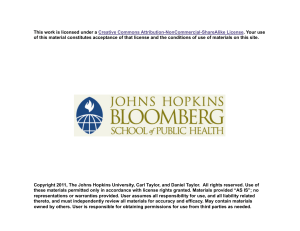
This work is licensed under a Creative Commons Attribution-NonCommercial-ShareAlike License. Your use
of this material constitutes acceptance of that license and the conditions of use of materials on this site.
Copyright 2011, The Johns Hopkins University, Carl Taylor, and Daniel Taylor. All rights reserved. Use of
these materials permitted only in accordance with license rights granted. Materials provided “AS IS”; no
representations or warranties provided. User assumes all responsibility for use, and all liability related
thereto, and must independently review all materials for accuracy and efficacy. May contain materials
owned by others. User is responsible for obtaining permissions for use from third parties as needed.
Section E
Cycle of Seven Tasks
Growing Seeds of Human Energy: Cycle of Seven Tasks
To grow crops, a cycle of tasks is used around the world:
- Plow, plant, irrigate, protect, weed, then harvest
Do the cycle of tasks, then do it again
- Repeating the cycle, improving performance, is the core
learning of social change
- This way, the “harvest” improves every year
3
Task 1: Leadership (by Local Coordinating Committee)
A committee is the reliable way to lead social change (not a single
leader) because committees:
- Share workloads
- Reflect community diversity
- Endure if one member (especially a leader) departs
Next cycle improves the committee by:
- Changing/expanding membership
- Training to improve capacity
4
Task 2: Build from Strength (Identify Local Successes)
Find what works, what the community is proud of
- Use this as a foundation to build momentum
Do not start by fixing what is failing
- Working from problems creates a weak foundation
A list will grow
- Past successes, victories of sports teams, festivals, historical
accomplishments
5
Task 3: Study Successes Elsewhere
While idea exchange always occurs, intentional learning of parallel
situations opens options
- Engage in systematic study trips
- Research through libraries and the internet
- Seek expert advice
Ideas gathered will need to be adapted to maximize likelihood of
success
6
Task 4: Fit Your Situation (Gather Local Evidence)
Community planning should be based on facts that describe that
community
Locale-specific evidence needs to understand
- Local resources
- Changes occurring
- Local priorities
Collection of evidence needs to be simple-to-do
7
Task 5: Create Work Plans
Objective
What to
do
Where
When
Who
inside
Who
outside
How
Training
Needs
Resources
1.
2.
2a.
2b.
3.
8
Task 6: Action (Get Momentum Growing)
Build positive energy, create the “can do” feeling
What creates change is making changes
- Not talk, not plans, not getting approval, not money
Building momentum requires
- Involving more people
- Concrete evidence of successes
9
Task 7: Midcourse Corrections (Strengthen Principles)
Problems will occur
As a result, midcourse corrections are needed
- Adjustments should strengthen the four principles
- But focusing on work plan objectives can compromise
Momentum growing from success
The three-way partnership
Evidence-based decision making
Focusing on behavior changes
10
The Seven Tasks of Community Action
11







